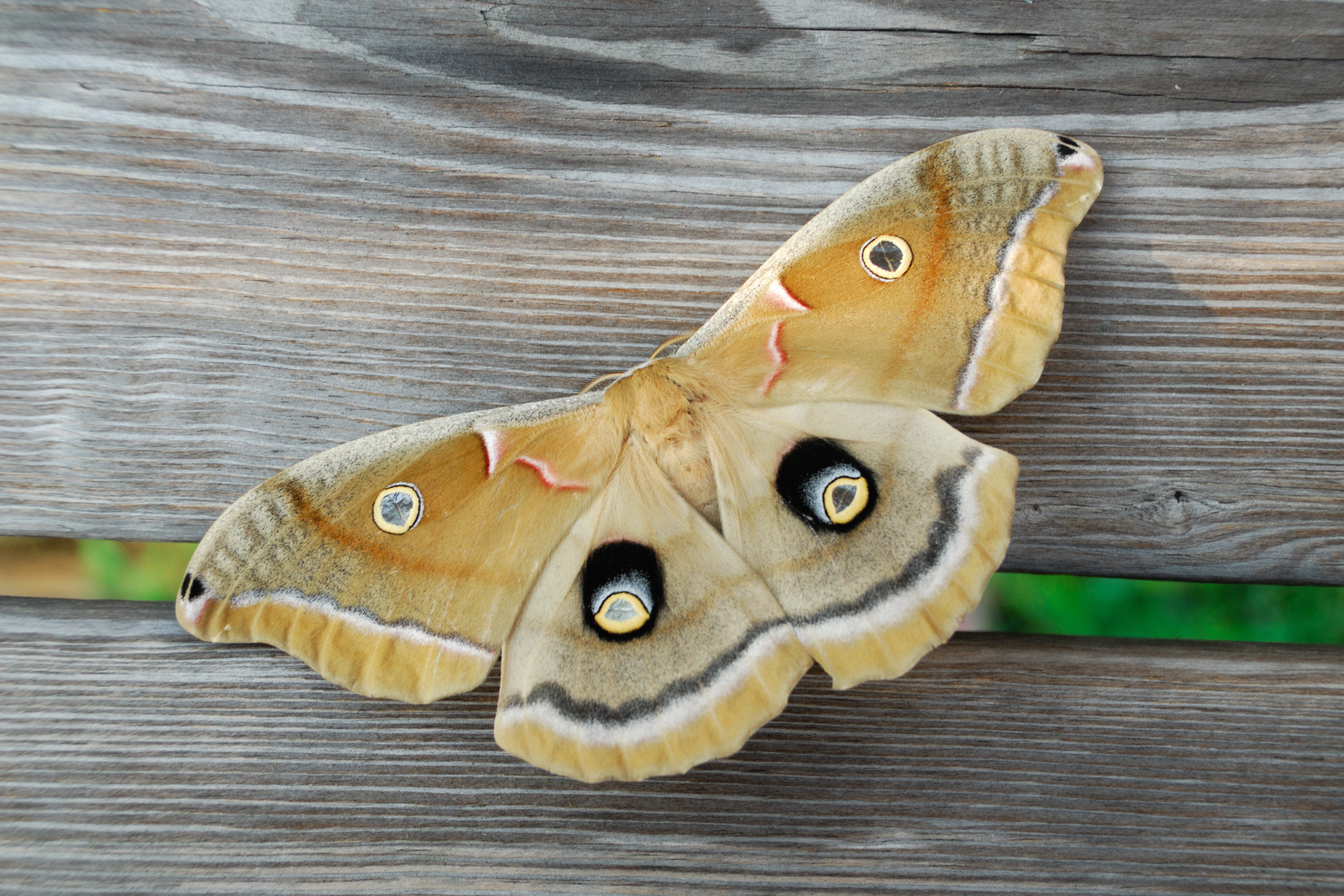
The Night Shift: How Moths Help Pollinate Crops and Support Healthy Ecosystems
When we think of pollinators, bees, butterflies, and maybe even hummingbirds usually come to mind. But there’s a lesser-known group quietly working the night shift—moths. Often dismissed as dull or pesky, moths are actually essential pollinators, and they play a unique and powerful role in supporting healthy crops and thriving ecosystems.
In fact, without moths, some plants—and even a few crops—might struggle to reproduce at all.
Moths: The Undercover Pollinators
Moths belong to the same insect order as butterflies (Lepidoptera), but they’re typically nocturnal and less flashy. That doesn’t mean they’re less important. There are over 11,000 species of moths in North America alone, and many of them visit flowers at night, helping to pollinate while the day shift is sleeping.
Like butterflies, moths use a long proboscis to feed on nectar. As they visit flower after flower, they accidentally transfer pollen, which helps plants reproduce.
What makes moths especially valuable is that they pollinate plants that bloom or release scent at night, filling a critical gap in the pollination cycle that bees and butterflies can’t cover.
How Moths Support Agriculture
While moths are not typically managed as commercial pollinators, they play an important supporting role in pollinating both wild plants and certain crops, especially in organic or diversified farming systems.
They contribute to:
-
Fruit and seed production in night-blooming crops or plants.
-
Pollination of cover crops and native plants, which support soil health and attract beneficial insects.
-
Biodiversity, which enhances overall farm resilience and ecological health.
Some crops and plants moths help pollinate include:
-
Apples
-
Strawberries
-
Peas and legumes
-
Clover
-
Corn (certain silk-pollinating species)
-
Various herbs and night-blooming vegetables
-
Agave (pollinated by specific moth species like the tequila bat moth)
They’re also essential to ecosystems that border farmland, helping to sustain wild plants that support birds, bats, and other beneficial wildlife.
Wait—Aren’t Moths Crop Pests?
Yes, some moths (like the corn earworm or cabbage looper) are known agricultural pests in their caterpillar stage. But it’s important to separate their larval (caterpillar) and adult (pollinating) roles. Many adult moths are harmless and highly beneficial as pollinators.
In fact, recent studies have shown that moths rival or even exceed bees in the number of flowers they visit—especially across broader distances at night, helping with cross-pollination and genetic diversity in plants.
Threats to Moth Populations
Despite their importance, moths are in decline, just like other pollinators.
The main threats they face include:
-
Light pollution, which disrupts navigation and pollination behavior
-
Pesticide use, especially broad-spectrum insecticides
-
Habitat loss, due to monoculture farming and urban development
Because most moths fly under the radar, their population losses often go unnoticed—but the ecological consequences are real.
How You Can Support Moths on Your Farm or in Your Garden
Encouraging moths is easier than you might think.
Here are a few ways to help these nighttime pollinators:
-
Plant night-blooming flowers like evening primrose, moonflower, yucca, and four o’clock.
-
Reduce light pollution by using motion-sensor lights or shielded, warm-colored bulbs.
-
Avoid pesticides, especially at night when moths are active.
-
Grow native plants that support both adult moths and their caterpillars.
-
Leave wild areas wild to provide natural shelter and breeding sites.
Supporting moths also benefits other nocturnal pollinators and predators, creating a healthier, more balanced farm ecosystem.
In Conclusion
Moths may not get the same recognition as bees and butterflies, but they’re an essential part of the pollination team—especially when the sun goes down. Their nighttime visits help crops, native plants, and wildflowers thrive, and they play a subtle but powerful role in keeping our ecosystems balanced.
So the next time you see a moth fluttering near your porch light, remember: that quiet little pollinator might have just helped grow your next apple or clover crop.
Up next: Tiny But Mighty: How Hummingbirds Help Pollinate and Support Healthy Crops
Share


